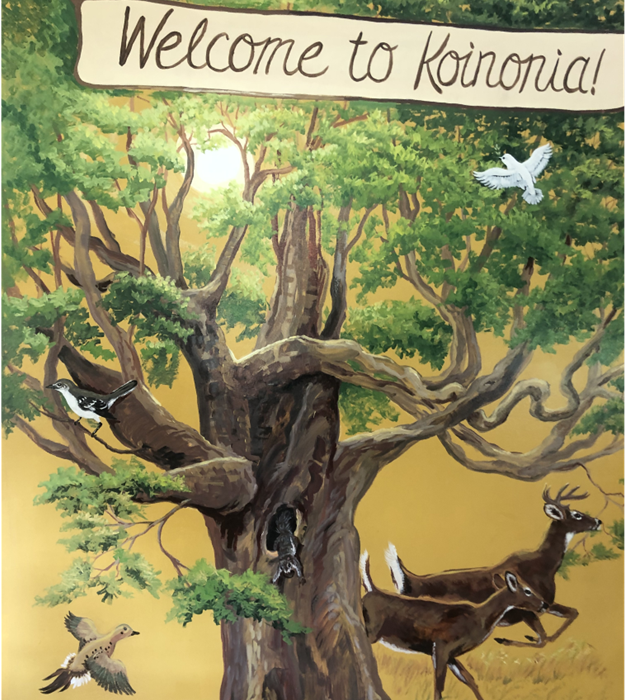Bill Starr: Struck oil! Could it be true?
Published 10:38 am Monday, June 25, 2018
Some of you may remember a black and white TV show called the Beverly Hillbillies. I can still hear the theme song and one part in particular, “up from the ground came a bubbling crude.” The song was referring to oil being discovered and pouring out of the ground.
With the recent rainy, overcast weather we have been having I discovered a crude in my own yard as well as my office. I don’t want too many folks knowing about this, because I already placed an order for a fancy bass boat. You see, I noticed a black oily substance on portions of my grass. After a few calls to the major oil-producing companies I am well on my way to yachts and beach houses.
Well, it seems I may have been a little over zealous in my thinking because it turns out that the black, oily substance in my yard wasn’t oil at all but a slime mold. Slime molds can cover grass in black, bluish gray, yellow, or tan fruiting bodies. They may look like soot on grass, or in my case, crude oil. Slime molds may be found on all cultivated and weedy grasses. They are most prevalent following prolonged periods of leaf wetness and may be observed from late spring to late fall.
Although not directly damaged by slime molds, the aesthetic quality of a turf grass stand may be affected by their presence. Plant vigor may be slightly reduced in severely colonized turf due to excessive growth of the fungus on leaves causing a shading of the leaf surface and leading to a reduction in photosynthesis.
Slime molds may reoccur in the same location each year. Slime molds are “primitive” fungi that use the living turf grass plant strictly for structural support. They are saprophytes, or organisms that obtain their nutrients solely from dead or decaying organic matter in soil or thatch. Slime molds are most prevalent following prolonged periods of leaf wetness, which favor the growth and development of the fungus. Areas with poor drainage and heavy thatch also may enhance the likelihood of their development. Slime molds on turf grass are not parasitic but they may shade the individual grass leaves to the extent that leaves may be weakened by inefficient photosynthesis.
Here is the real difficult part, the treatment: first you must find the shed horn of a unicorn, eye of newt, and some hair from a sasquatch; no, not really. Because slime molds are not infectious, and remain for only short periods of time, no lasting harm to turf will occur. No fungicides or other chemical treatments are necessary for control. Affected areas can be hosed with water to wash the fungus from plant surfaces. Also, raking will break up the mold (especially during dry weather) and hasten its disappearance and the return to a more attractive turf stand. The recommendation for areas experiencing light to moderate slime mold infestations is to simply let nature take its course. Heavy infestations can be removed via mechanical means such as mowing, raking, or using a forceful spray from a garden hose. Washing the leaves with a stream of water should be attempted only after the onset of dry weather to avoid further development or spread of the fungus.
Even though slime mold looks menacing, for the most part it really nothing to worry about. Although just for a moment I was worried how I would spend my new-found wealth considering I just discovered oil on my property. “Let me tell you a story about man named Bill, thought he discovered oil oh what a thrill, all he was thinking was riches untold, too bad it all turned out to be just a slime mold, mold that is, fungi.”
Bill Starr is Sumter County Extension coordinator and ag agent, University of Georgia Cooperative Extension Service. Contact him at 229-924-4476.



